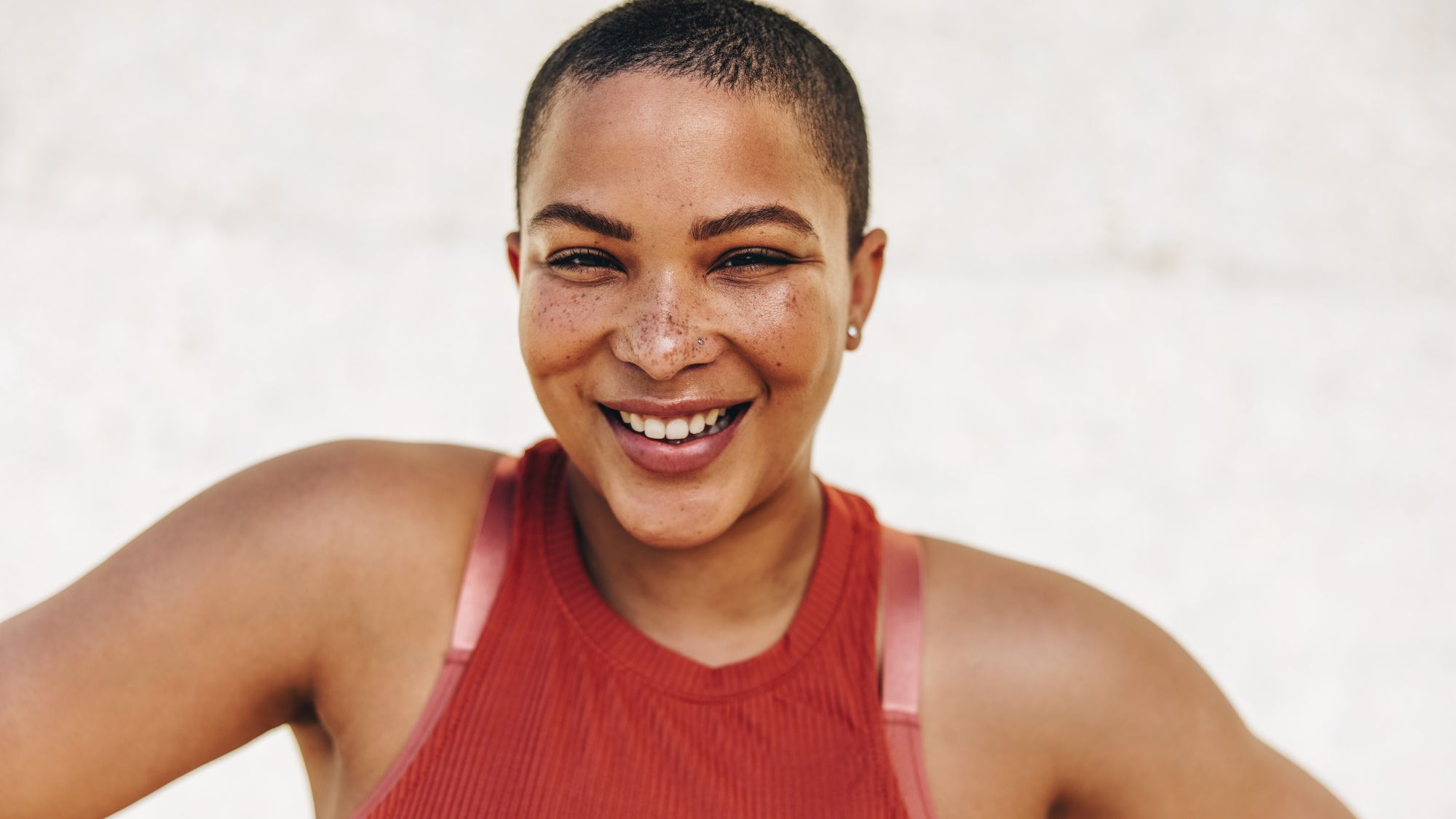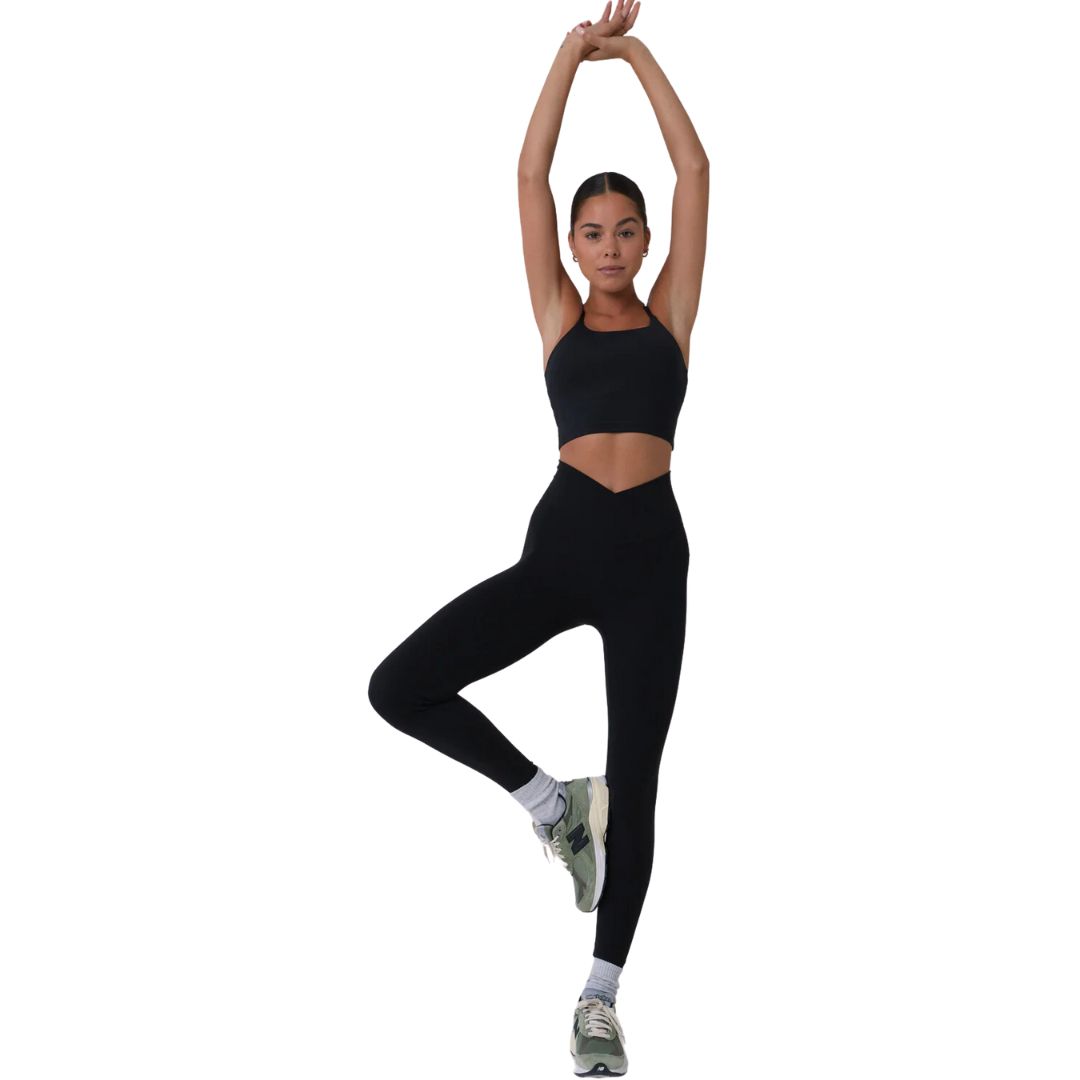Forget hour-long sessions - this is how much you really need to work out for overall health, according to top experts
You asked, we answered.


We all know that moving our bodies is great for us. Physically, mentally, emotionally – the benefits of living an active lifestyle are myriad, with studies
showing they reduce our risk of all-cause mortality (that’s literally cutting our chances of dying for any reason) and further research proving it improves mental health, brain power and restorative slumber, too.
But in some ways, it feels harder than ever to move enough. Studies – such as this one, commissioned by the government – show that we’re around 20% less active now than we were sixty years ago, with only one in three men and one in two women doing enough exercise to be healthy. We have sedentary jobs, we use our cars more than ever and let’s face it, life is busy.
And it’s fair to say that we get mixed signals, on the advice front – on the one hand, the NHS recommends all adults aged between 19 and 64 do at least 150 minutes of moderate-intensity exercise each week, while others favour short, sharp bursts of exercise snacking – and research shows that a mere 15 minutes of exercise per day confers mental health benefits, while some studies show just 60 seconds of exercise per day is enough to reduce the risk of cardiovascular diseases and stroke. Confused much?
With this in mind, we’ve asked the experts the question we all want to know the answer to: how much exercise do we really need to do, to become, or remain, healthy enough? Read on to find out what we discovered – and while you’re here, you might be interested to read about how to motivate yourself to work out, and find out how long it really takes us to get fit, here.
How much do I need to workout to see results? You asked, we answered
Is there a perfect amount of exercise?
Let’s tackle the big question first. You probably won’t be surprised to learn that the answer is – it’s complicated. Whether you’re a complete exercise novice, a fitness fanatic or anything in between,
“There really is no set amount or formula for how much we need to workout, I’m afraid,” says personal trainer Nicole Chapman. “As you might expect, it all depends on your goals, lifestyle and time available. If you are training for a particular event you may need to build up training frequency and length to help reach your goal. But if you are simply looking to maintain a healthy active lifestyle, then whatever you can fit in that doesn’t cause extra stress, overwhelm or negatively impact your health is advised.”
Celebrity news, beauty, fashion advice, and fascinating features, delivered straight to your inbox!
One thing the experts are all clear on is this: any movement counts, and something is always better than nothing. In terms of how much time we should be spending working out, the NHS guideline amounts are a good place to start.
“The NHS recommendation of 150 minutes a week is always a good place to start to keep our bodies healthy, functional and at a healthy weight,” says personal trainer and nutrition expert at Freeletics, David Wiener. “If you’re a beginner, getting any kind of exercise is better than none at all. Starting with small amounts of exercise wherever you can fit it in will help you gradually build up your resilience and fitness levels.”
How many times a week should we be working out, and for how long?
We’re all different, with different time constraints, values and goals. As such, it’s fair to say there’s no one size fits all answer to this question – however, a strict interpretation of the NHS guidelines would suggest 30 minutes, five days a week.
“In simple terms, a general exercise routine will be 30 to 45 minutes 5 days a week," agrees Wiener, "but depending on your goals and lifestyles it will be different. If you’re looking to lose weight, you can add in longer exercise sessions (alongside a well-balanced diet) and focus on cardiovascular exercise and strength training.”
Can we workout for longer than recommended?
So, you’re already crushing your fitness goals – great news. It’s probably time to consider what PTs refer to as progressive overload – essentially, ensuring that as your fitness levels and resilience increase, you’re making your workouts gradually tougher, so you’re still taxing your body sufficiently (yep, that does mean that it never gets much easier – sorry about that!)
1. Consider your end goal
But before you up the ante, it’s worth asking yourself what you’re hoping to gain. If you’re training for an event, then it’s sensible (and necessary) to alter your routine to ensure that you’re building strength and endurance gradually – this will not only help you to avoid injuries and niggles (anyone who has ever experienced the unique frustration of having to pull out of an event due to injury will attest that this really isn’t worth the risk) but it helps you to prepare mentally for the challenge, too.
2. Build up gradually
If you’re simply wanting to ensure your fitness doesn’t plateau, rather than adding in a whole extra workout, it might be more sensible to see how you can tweak your existing workouts to make them spicier. Remember: it is possible to workout too much.
“If you’re over-exercising, it can become counterproductive and may be harmful,” cautions Wiener. “You can find yourself over doing it when you push yourself too hard too quickly, especially if you are a beginner.
“Mentally, over-exercising can affect your mood and energy levels, leading to irritation, anger and trouble sleeping. Physically, over exercising can increase your risk of injury, joint pain, and muscle strains.”
3. Listen to your body
And don’t forget to listen to your body. A healthy, well-balanced exercise regime isn’t all or nothing – there are many other factors which will determine how your body responds and adapts to workouts, from nutrition and sleep to genetics.
Your body might react brilliantly to exercise snacking (where you intersperse small amounts of activity throughout the day), while another person will only see results from a longer session. You know your body, so do what is right for you.
4. Incorporate rest days
It’s important to remember that taking a day ‘off’ is in fact a vital part of any training schedule.
“I am a huge advocate for rest days being just as important as training days,” agrees Chapman. “Your recovery is not just about your muscles there is a lot more going on internally – your central nervous system (the hub of your body) may not be fully recovered, which will ultimately affect how your muscles perform when you next step up to the plate. Sleep is also important to help recover and repair muscles and regenerate cells.”
If you struggle to rest, try reframing it as a recovery day, or even a progression day. And remember, it doesn’t mean that you can’t do anything – Chapman recommends if you have a burning desire to move, consider some mobility work that will improve your performance ability - a long walk or some light mindful yoga.
Whatever you choose, don’t forget to have fun – after all, the best exercise is the one that we actually do.
Shop MC's go-to workout kit now:

Anna Bartter is a freelance journalist who writes about health, fitness and women's lifestyle for publications including Stylist, Metro and Psychologies, among others.
She's always on a quest to find a variety of fun and functional workouts that give you the most bang for your workout buck and she's passionate about championing movement for everyone's mental and physical wellbeing.


